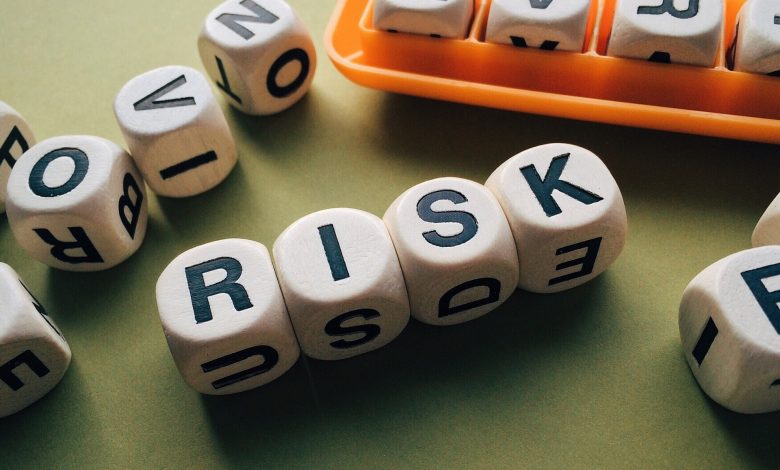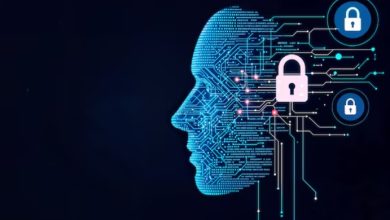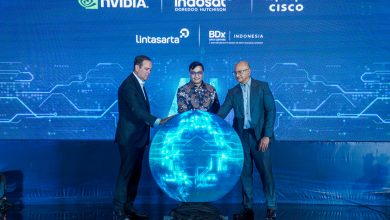Over 40% of APAC Firms See Generative AI as Major Security Risk

The adoption of GenAI raises significant security concerns for organisations in the Asia Pacific (APAC) according to further results from a Forrester Consulting study conducted on behalf of Tenable®, Inc. the Exposure Management company. The study reveals that 41% of APAC organisations view generative AI (GenAI) as a bigger security threat than an opportunity. Additionally, more than half (51%) believe that GenAI will increase the sophistication of phishing attacks.
APAC Worries About GenAI Risk
In APAC, 56% of respondents were concerned about the potential for misuse of GenAI. A concern that is more pronounced in APAC compared to the global average of 50%. Moreover, more than a third (35%) of APAC organisations agree that GenAI has the potential to significantly expand their attack surface, a figure higher than the global average of 32%.
Titled “How to Discover, Analyze and Respond to Threats Faster with Generative AI”, the commissioned study conducted in October 2023 by Forrester Consulting on behalf of Tenable, surveyed 826 IT and cybersecurity leaders globally, including 207 respondents from the APAC region.
The study further unveiled that only 10% of APAC respondents were extremely confident in their organisation’s ability to leverage GenAI to improve cybersecurity. This lack of confidence was particularly pronounced with confidence levels in the region being the lowest amongst their counterparts in other regions and being the global average of 17%. This underscores the broader challenges APAC firms face in implementing and governing AI technologies effectively.
Despite this lack of confidence APAC respondents were still actively seeking to use AI for various cybersecurity objectives.
The top three uses as indicated by respondents currently include cybersecurity training and upskilling (51%), automated threat detection (47%) and automated reporting/alerting (48%). These applications highlight the region’s strategic approach to addressing skill shortages and operational demands through AI.
“The integration of GenAI into cybersecurity is both inevitable and transformative. While GenAI distils insights from vulnerability management, cloud security, web application, and identity exposures, enabling organisations to comprehend their risk from the perspective of an attacker, it also introduces new complexities and risks that organisations must manage diligently. By leveraging GenAI for threat detection and automated responses, security teams can create a more resilient cybersecurity infrastructure that is better equipped to handle the evolving threat landscape,” said Nigel Ng, Senior Vice President, Asia Pacific and Japan.
“To navigate this dual reality, organisations need to adopt a balanced approach. This involves not only implementing GenAI-driven solutions but also ensuring robust governance and continuous monitoring. With a thoughtful and proactive strategy, we can harness GenAI’s full potential to protect our digital assets and ensure long-term security,” Ng added.
To read the full blog, visit here.




